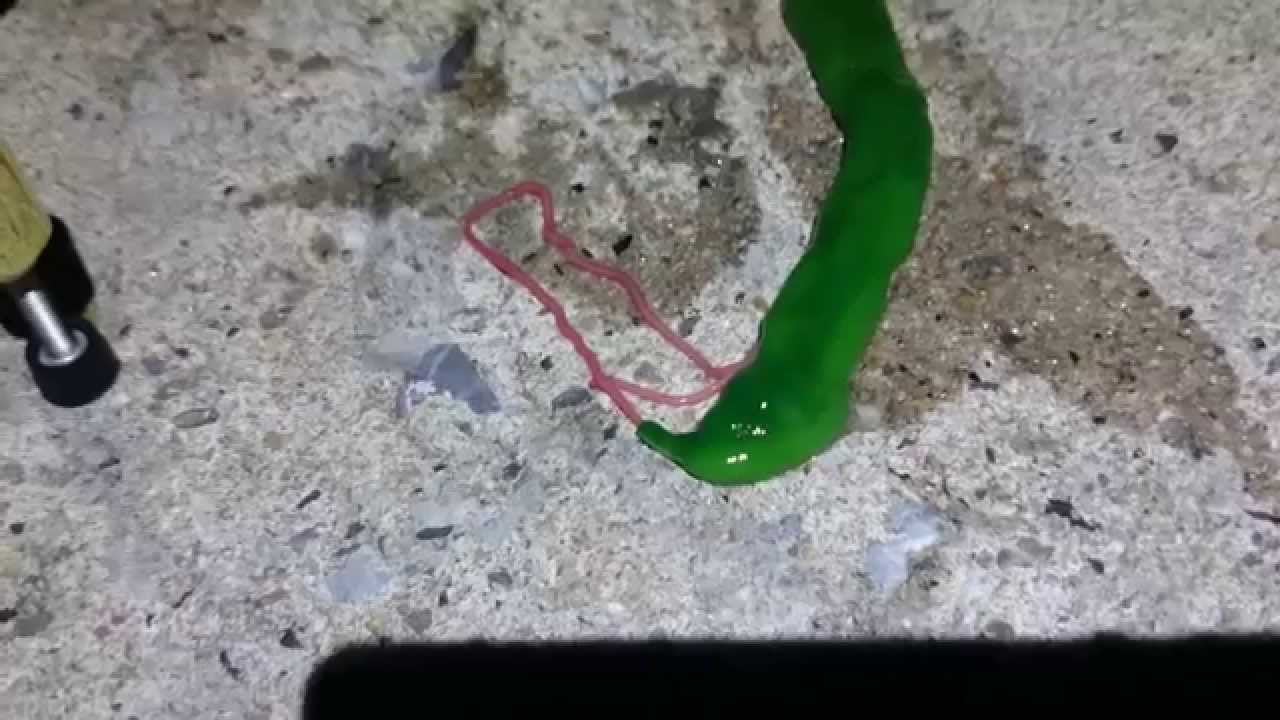Watch: A bizarre green slime-beast slithers around flicking its toxic tongue-like appendage
Look what a guy fishing on the Penghu Islands, Taiwan, just hauled up from the ocean’s depths. Nope, that’s not a strand of radioactive algal sea-goop. It’s likely Lineus fuscoviridis Takakura—a venomous, carnivorous creature that comes from the phylum nemertea (a.k.a. ribbon worms). The guy who filmed it, Jian Weicheng, uploaded it to his Facebook page (link in Chinese) with the comment, “At first, I thought it was a sea hyacinth—but what is this?!?!”


Look what a guy fishing on the Penghu Islands, Taiwan, just hauled up from the ocean’s depths. Nope, that’s not a strand of radioactive algal sea-goop. It’s likely Lineus fuscoviridis Takakura—a venomous, carnivorous creature that comes from the phylum nemertea (a.k.a. ribbon worms). The guy who filmed it, Jian Weicheng, uploaded it to his Facebook page (link in Chinese) with the comment, “At first, I thought it was a sea hyacinth—but what is this?!?!”
Ribbon worms are pretty darned amazing. Though most species live in the ocean, they sometimes slither ashore. The mucus that gushes from their body lets them traverse the seafloor, craggy tidal pools and, evidently, concrete. As this Smithsonian article describes, ribbon worms’ peculiar muscular structure allows them both to shrivel up when threatened and stretch enough to wolf down large prey (as you can see a green ribbon worm doing to a sea hare here). In fact, the longest of the family, the bootlace worm, may rival blue whales in length.
Perhaps their biggest claim to fame is the pink tendril that you see flicking out in front of the green ribbon worm in the Penghu Island video. That’s a proboscis, a muscular, venomous tongue-like thing that the worm uses to seize its prey, which includes crustaceans and mollusks. While the proboscis caught on film is plenty unsettling, the slew of species that boast “branched” proboscises can probably claim the trump card of creepiness, via Neatorama:
Some ribbon worms eat live critters; others scavenge on sea-bottom detritus. The ribbon worm Parborlasia corrugatus—which The Echinoblog describes as being “as thick as a garden hose” and having “the texture of jello”—chows down in groups. Behold this BBC One footage of a starfish buffet:
Unfortunately for the poor green ribbon snake of Penghu, Jian writes on his Facebook page (link in Chinese) that he thought its proboscis was a parasitic worm, and tried to cast it in the ocean. Only then did he realize the two were connected. Here’s the footage: